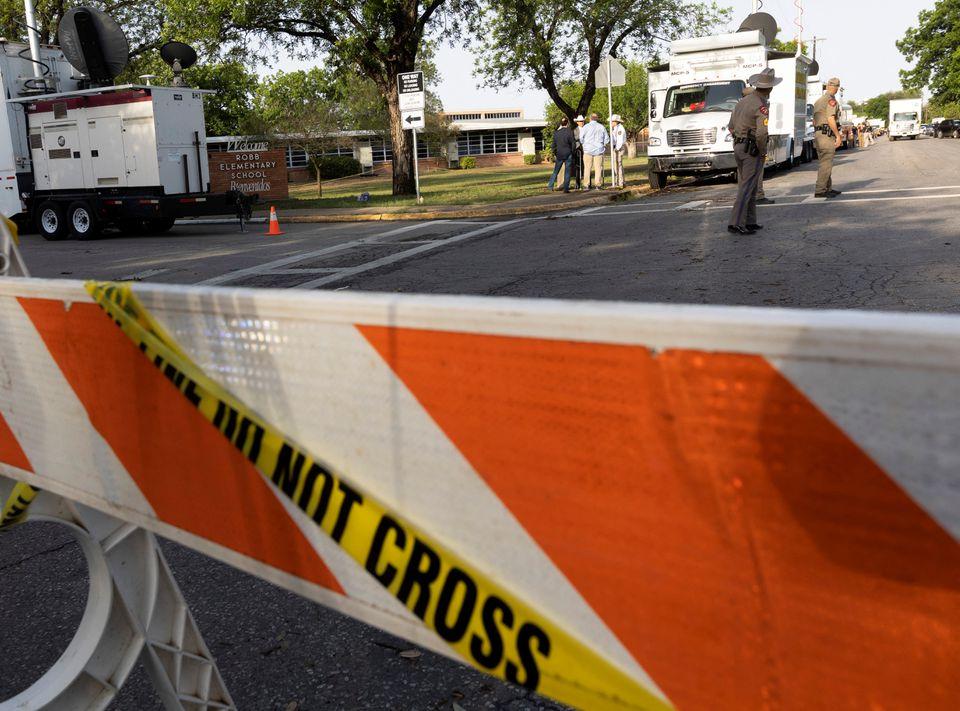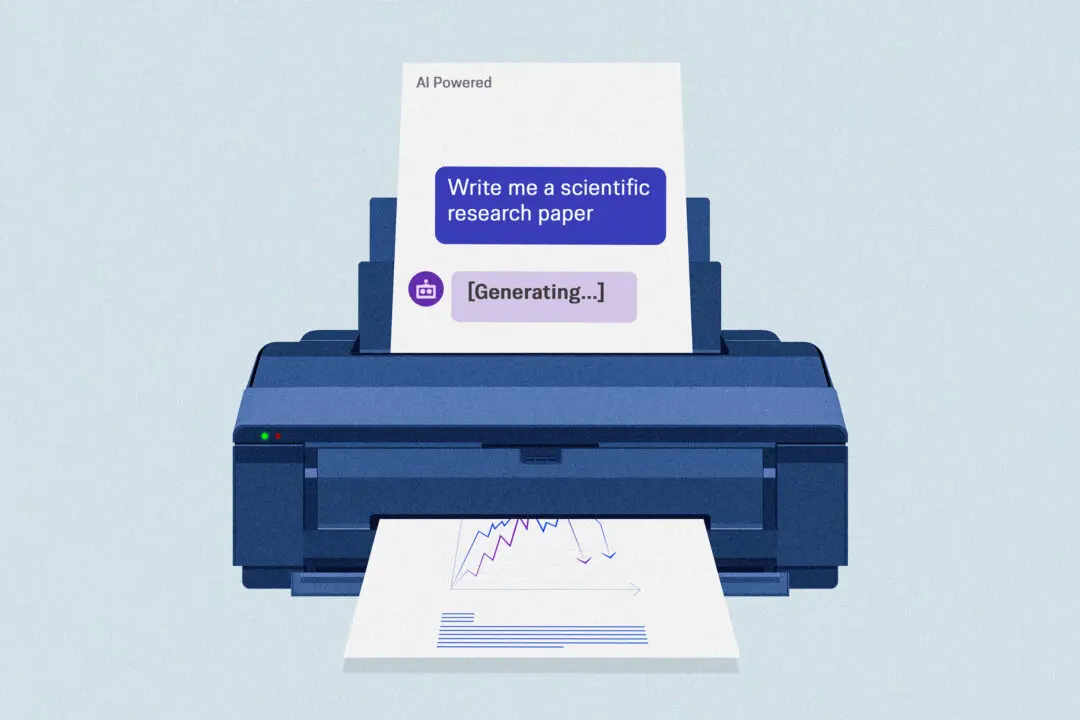Evidence points to better mental health support for people who’ve suffered traumatic incidents as children could prevent a lot of mass shootings.
The topic of youth trauma and violence have reemerged after the massacre at Robb Elementary School in Uvalde, Texas, in which 21 people were killed by a lone 18-year-old gunman.





